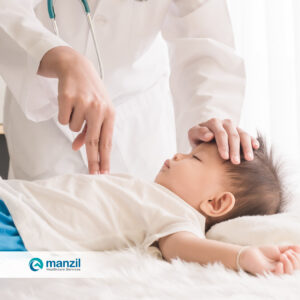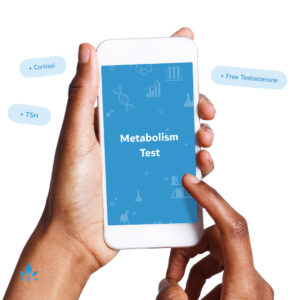Why Does my Child Need to pee so Much?


One of the most common causes of increased urination frequency in children is a urinary tract infection (UTI). This type of illness may also be associated with fever, chills, nausea, vomiting, flank or back pain, abdominal pain, and painful urination (also called dysuria). This is not the only cause of frequent urination, however. In rare cases, frequent urination is an indicator of the onset of diabetes. New onset diabetics also frequently have increased thirst, weight loss, a fruity odor to their breath, fatigue, and increased appetite.
But what about the child who only has increased urinary frequency during the day?
Some children have sudden onset of severe urinary frequency, needing to urinate as often as every 10-15 minutes during the day with a small volume of urine at each voiding. The child has no symptoms of a UTI, constipation, daytime accidents, or nighttime bedwetting (also called nocturnal enuresis) and is otherwise fine. Most commonly, this is seen in children 4-6 years old, long after the child has been toilet-trained. It seems to occur more commonly in boys. Often the symptoms occur just before a child starts preschool or kindergarten or if the child is experiencing some sort of emotional stress.
This condition is called pollakiuria (from the Greek pollakis, meaning often), extraordinary daytime urinary frequency (EDUF), or daytime frequency syndrome of childhood. Although the exact cause of pollakiuria is not well understood, it could be due to a child having heightened awareness of increased urine volume in the bladder or, in other words, becoming overly “sensitive” to normal bladder distension. Usually, the small amounts of urine causing the sensation to void can be ignored, but children struggling with pollakiuria have difficulty suppressing this sensation and feel compelled to urinate urgently. A child can become preoccupied with the need to urinate if access to a bathroom is not available, such as when riding in the car.
Your child’s pediatrician should verify that your child appropriately empties the bladder and is not having some other medical cause for frequent urination. Because pollakiuria is a purely functional problem, a physical examination should be normal. Having your child pee in a cup and having an in-office dipstick urinalysis can rule out diabetes and a UTI.
Pollakiuria is self-limited and symptoms typically dissipate within 2-3 months. Treatment generally involves reassurance and emotional support. Help your child learn to ignore the urges and postpone voiding by setting up a small reward system for increased lengths of time between bathroom visits. Occasionally, counseling directed toward the stressor trigger may help. Medications are ineffective and can cause unwanted side effects. Referral to a urologist is unnecessary.
Sources:
- Bass LW
- Pollakiuria, extraordinary daytime urinary frequency: experience in a pediatric practice
- Pediatrics
- 1991; 87(5):735-737.
Kliegman RM, Stanton BF, St - Geme JW, Schor NF, Behrman RE
- Nelson Textbook of Pediatrics
- Chapter 537, 1847-1852.e1.
Bergmann M, Corigliano T, Ataia I, Renella R, Simonetti GD, Bianchetti MG, O - von Vigier R
- Childhood extraordinary daytime urinary frequency—a case series and a systematic literature review
- Pediatric Nephrology
- 2009; 24(4):789-795.
Powered by Bundoo®












































